Call Us
Send Us A Message
Get a Quote
There is a 100 piece minimum to work with a sales rep.
Screen Printing: 25 pieces minimum
Embroidery: 3 pieces minimum
Water-based Transfers: 1 pieces minimum
Direct-To-Garment: 1 pieces minimum
Patches: 25 pieces minimum
Office: (323) 261-8700
9 AM - 5:30 PM PST
Chat Available 9 AM - 2 AM PST
Back
Your dedicated account rep is here to keep you updated and offer real time suggestions and project navigation every step of the way. Online ordering and live price quotes available here.
This will help us tailor the experience depending on your experience and know how to best support you.
Select one or as many of the services below you are interested in.
If you need help to identify the correct product for the correct demographic at the correct price point, select "I need help searching" and we will ask you a few additional questions to allow us to submit the best options for your project.
We want to make sure your recipients will love and wear the merch you create time and time again. These questions will really help us identify the products that will best fit your audience.
Please make sure that you have reached minimum order quantity for preferred option. MOQ descriptions you can find
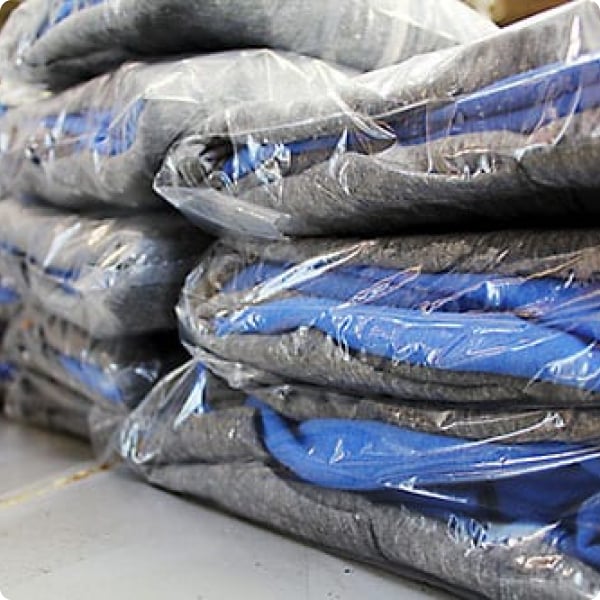
DTLA Print has an in house finishing department in its facility with trained individuals to professionally fold and bag your garments. Bags can be provided with customizable options, however we use a 1 mill flat poly bag which can be air sealed or taped shut.
$0.95/Shirt
+ 2 days
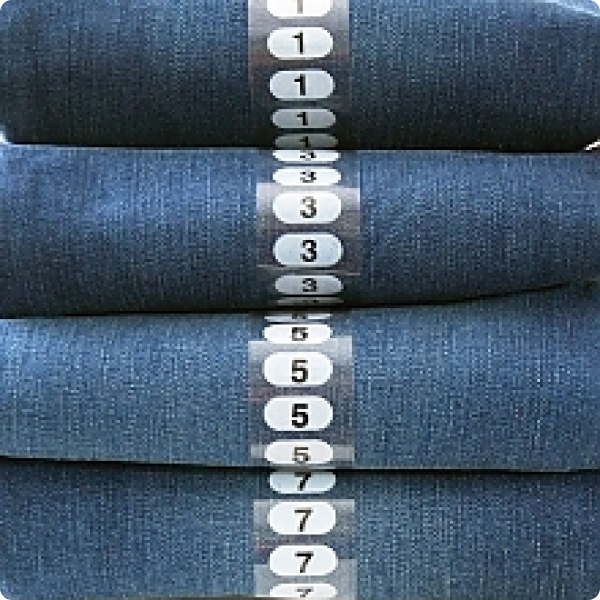
Add a size sticker to the outside of each garment or poly bag to easily identify the size of a garment. Packages do come separated by size how ever many retailers and fulfillment centers do require these stickers.
$0.65/Shirt
+ 2 days
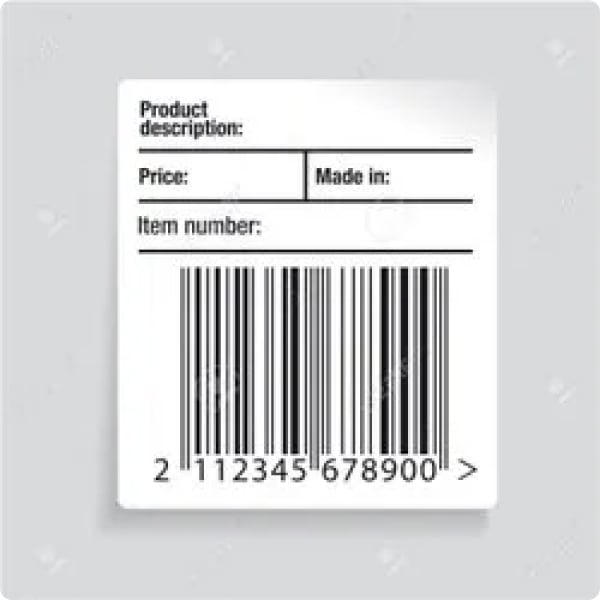
We will print & apply a custom UPC label for any retailer, 3rd party logistics or fulfillment partner you work with.
$0.75/Shirt
+ 2 days
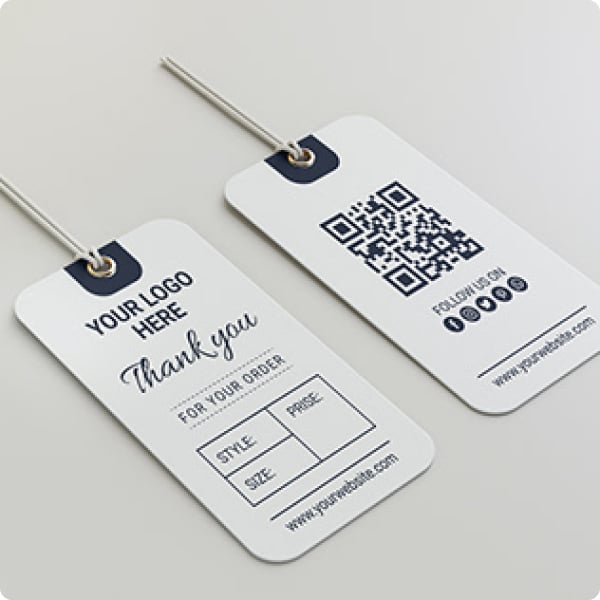
Incorporating price tickets and hang tags securely with a pin, while offering a diverse array of sizes, colors, and finishes, significantly enhances the perceived quality and overall appeal of your garment. Additionally, not only elevate the garment’s perceived value but also provide essential product information, giving your customers a more informed and satisfying shopping experience.
$1.8/Shirt
+ 14 days
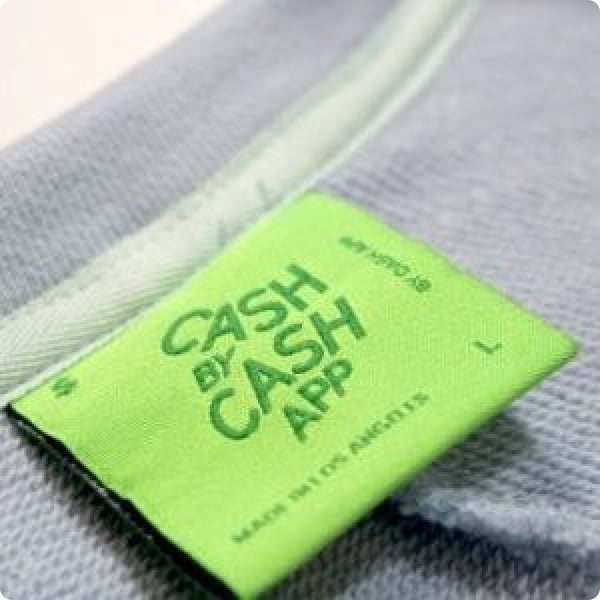
Create a fully custom woven main label. Includes the actual label itself and the sewing of the label. We will reach out to discuss the woven label material choices, shapes, and design. Please note this does add extra business days to the production time.
$2.75/Shirt
+ 14 days
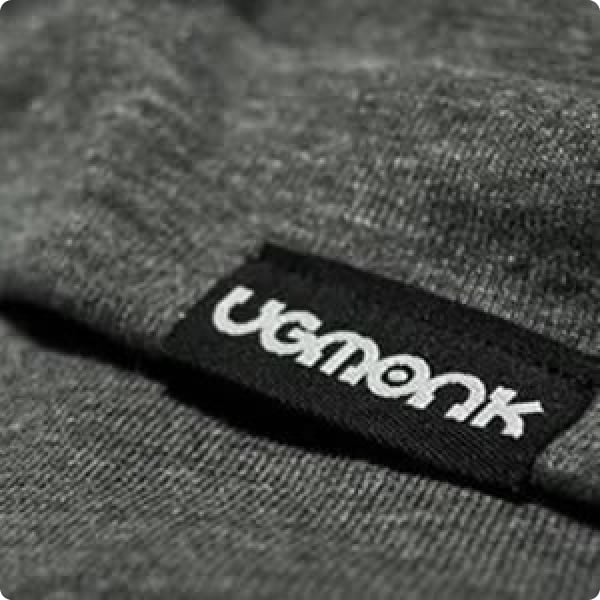
Create a fully custom woven hem label. Similar to the main label, this includes the actual label itself and the sewing of the label. We will reach out to discuss the woven label material choices, shapes, and design. Please note this does add extra business days to the production time. Hem labels go anywhere except the neck label of a garment.
$1.85/Shirt
+ 14 days
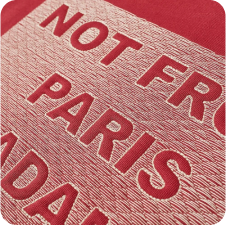
4.5” W but larger can be requested
Not common, but possible
PSD, AI, PDF, EPS, PNG
12
Metallic & 3D Puff
Scaled to size or larger with transparent background
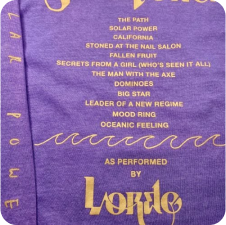
3” - 12” depending on location
15x18” *special request
PSD, AI, PDF, EPS, PNG
8
3M Reflective, Water-based, Plastisol, Puff, Etc...
Scaled to size or larger with transparent background
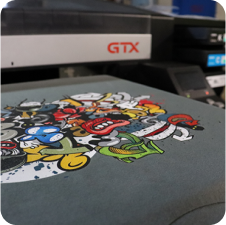
15x18”
PNG preferred, ( also acceptable; PSD, AI, PDF, EPS, JPG )
Unlimited
300 DPI scaled to size or larger with a transparent background
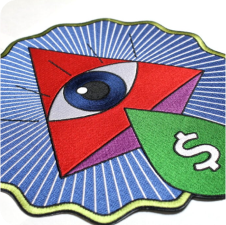
10x13.5”
PNG preferred, ( also acceptable; PSD, AI, PDF, EPS, JPG )
Unlimited
300 DPI scaled to size or larger with a transparent background
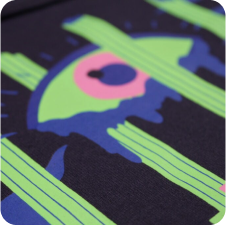
15x18”
PNG preferred, ( also acceptable; PSD, AI, PDF, EPS, JPG )
Unlimited
300 DPI scaled to size or larger with a transparent background
Upload Mockups
Don’t worry! Every order is triple checked even if it does not look perfect in this demo.
Max File Size: 15 MB. For any files larger than 15MB please send via wetransfer.com or dropbox.com and share with sales@dtlaprint.com
Tax exemption is the reduction or removal of a liability to make a compulsory payment that would otherwise be imposed by a ruling power upon persons, property, income, or transactions. Tax-exempt status may provide complete relief from taxes, reduced rates, or tax on only a portion of items. Examples include exemption of charitable organizations from property taxes and income taxes, veterans, and certain cross-border or multi-jurisdictional scenarios.
*Only orders shipped with in California are charged tax unless a a valid CA resale form is provided.
Production time is separate from shipping
If you're in a hurry to receive your order, we offer an expedited service to fast-track the production process. While this option incurs additional charges, it ensures you get your product sooner. However, if time is not a pressing concern, you can stick to our standard production schedule at no extra cost. We believe in providing you with the flexibility to choose the timeline that best suits your needs.
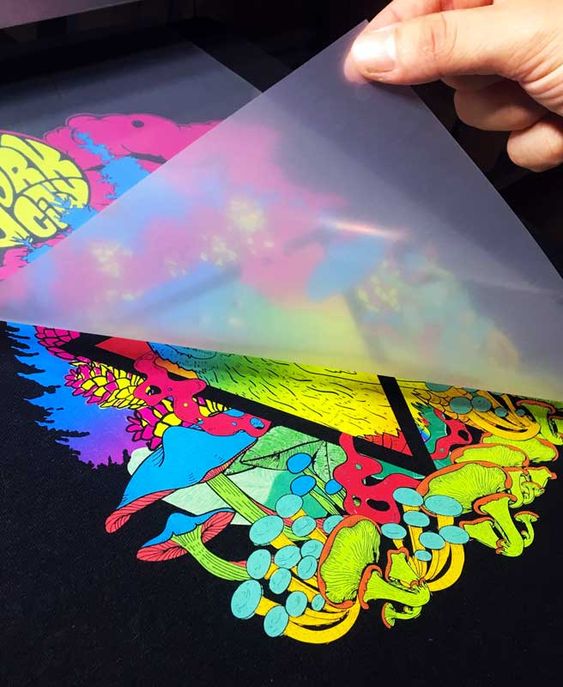
In the world of custom branded apparel, one question that frequently arises is: “What’s the difference between screen printed transfers and traditional screen printing?” Both methods have their unique advantages and specific applications, but understanding the key differences can help you decide which is best suited for your business needs. In this post, we will dive deep into these two popular methods of t-shirt printing, comparing their processes, costs, and benefits.
Screen printing, also known as silk screening, is a traditional method of printing designs onto custom t-shirts. This process involves creating a stencil (or screen) and using it to apply layers of ink on the printing surface. It is a versatile method that works well on various materials, offering vibrant colors and durable prints.
The Screen printing process begins with creating a stencil or screen. This screen is then placed on the t-shirt, and ink is pushed through the screen onto the fabric. Here’s a breakdown of the steps involved:
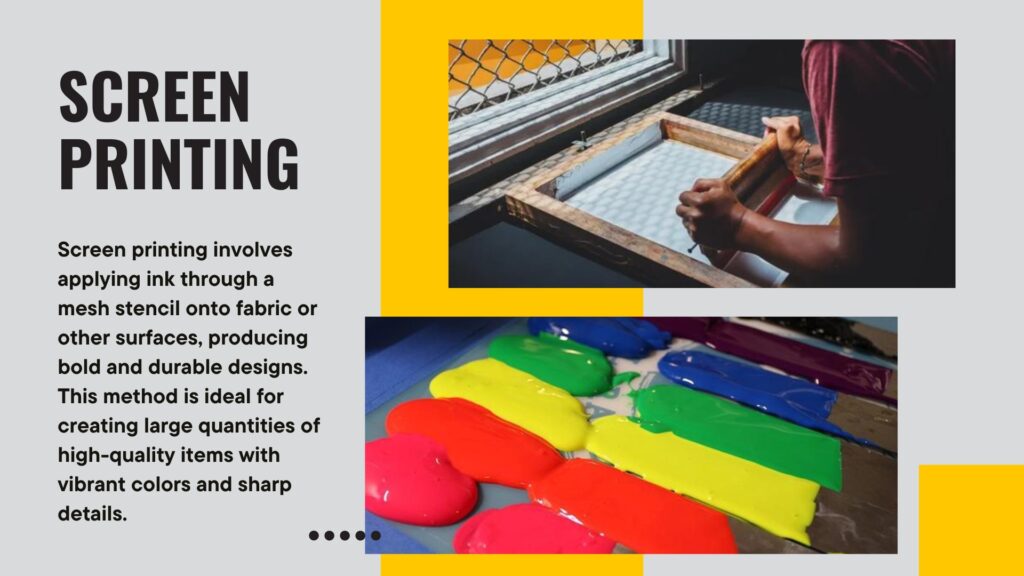
Screen printed transfers offer a modern alternative to traditional screen printing. This method involves printing designs onto a special transfer paper, which is then applied to the t-shirt using a heat press. It provides a quick and easy way to produce high-quality prints without the extensive setup required for Screen printing.
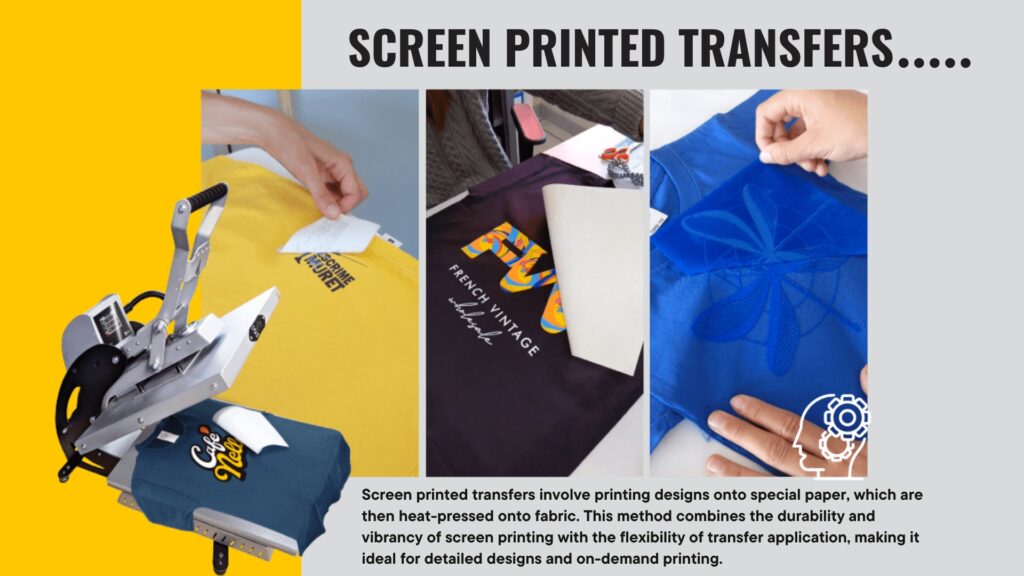
The process of using screen printed transfers is relatively straightforward:
When it comes to cost and profitability, both methods have their strengths and weaknesses. Screen printing is generally more cost-effective for large runs, while screen printed transfers offer better flexibility for small runs and on-demand printing.
The initial setup costs for screen printing can be high due to the need for screens, inks, and other materials. However, once the setup is complete, the cost per print decreases significantly with larger quantities. This makes screen printing ideal for bulk orders, where the setup cost is spread across many units.
Screen printed transfers eliminate much of the setup cost, making them suitable for smaller runs and on-demand printing. The main costs are the transfer paper and the heat press. Although the cost per unit may be higher than screen printing for large runs, the overall cost is lower for smaller orders, and there is no need for extensive setup or cleanup.
Both methods produce durable prints that can withstand regular washing and wearing. However, there are some differences in the feel and appearance of the prints.
Screen printing produces vibrant and opaque prints with a slightly raised texture. The prints are highly durable and can withstand multiple washes without significant fading or cracking.
Screen printed transfers produce smooth and flexible prints with a soft hand feel. The prints are also durable, but the quality can vary depending on the transfer paper and application process. Properly applied transfers can match the durability of screen-printed designs.
Choosing between screen printing and screen printed transfers depends on your specific needs and business model. Here are some considerations to help you decide:
Both screen printing and screen printed transfers have their unique advantages and are valuable tools in the custom branded apparel industry. Understanding the differences between these methods can help you make informed decisions about which process to use for your business. Whether you need the vibrant colors and cost-efficiency of screen printing for large runs or the flexibility and convenience of screen printed transfers for small orders, both methods can help you achieve high-quality, durable prints that meet your customers’ needs.
In partnership with onetreeplanted.org
In partnership with onetreeplanted.org